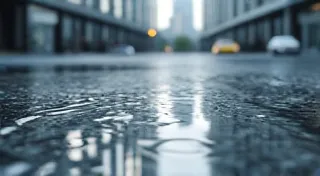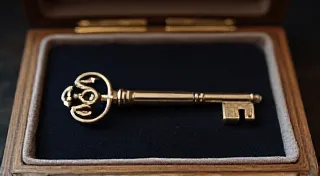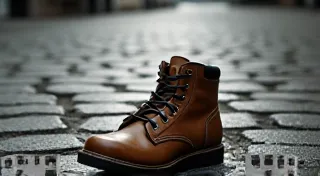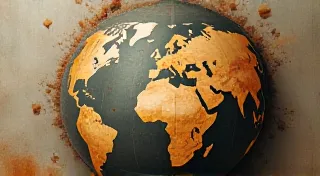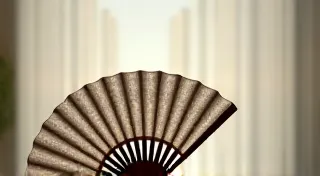The Silent Language of Springs: Understanding the Mechanical Principles of Antique Feet
There’s a certain poetry to holding an antique sewing machine foot. It's not just a piece of metal; it's a tiny, intricately designed mechanism, a testament to an era when craftsmanship wasn’t a buzzword but a foundational principle. These little feet, often overlooked, speak a silent language of springs, levers, and carefully calculated angles, a language we can learn to appreciate – and even understand. My own journey into the world of antique sewing began not with machines, but with a box of discarded supplies unearthed in my grandmother’s attic. Among the spools of faded thread and broken bobbins were a handful of these feet, their purpose initially obscure. It sparked a curiosity that has led me down a wonderfully detailed rabbit hole.
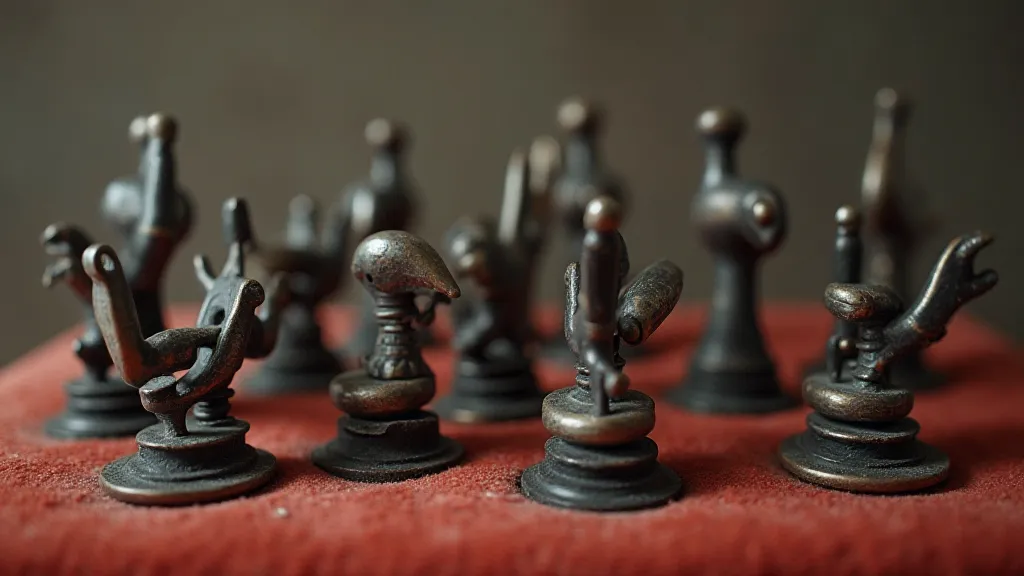
The Genesis of Precision: Early Foot Designs
The earliest sewing machines, particularly those produced by Elias Howe and Isaac Singer in the mid-19th century, were revolutionary, and their feet reflected the nascent technology. The initial designs were quite basic – a simple, flat plate pressing the fabric against the needle. The pressure wasn't always consistent, leading to uneven stitching and frequent fabric jamming. The reliance on operator skill was considerable. These feet, simple as they seem now, were crucial in making sewing faster and more efficient than hand stitching, fundamentally changing the textile industry and enabling mass production of clothing.
Early presser feet relied on manual adjustment and a firm hand. The operator had to constantly monitor the pressure to ensure smooth fabric feed. The evolution of spring-loaded presser feet marked a significant turning point, demonstrating an early understanding of mechanical leverage. This shift eased the burden on the user and contributed to more consistent stitch quality.
The Dance of Springs: Presser Foot Mechanisms
The ingenious application of springs is what truly defines many antique sewing machine feet. Different types of springs – coil springs, leaf springs, and even torsion springs – were employed to provide controlled pressure. The tension and positioning of these springs dictated the foot’s responsiveness to varying fabric thicknesses. A coil spring, carefully calibrated, offers a predictable and resilient force, while a leaf spring provides a more subtle, graduated response. Observing the shape and construction of these springs reveals the engineer’s intent: to create a tool that anticipates and adapts to the challenges of the material being sewn.
Consider the “adjustable” presser foot, a common feature on many machines from the late 19th and early 20th centuries. These feet typically incorporate a small lever connected to a coil spring. Adjusting the lever alters the spring’s compression, effectively changing the pressure exerted on the fabric. This adaptability was invaluable when working with everything from delicate silk to heavy denim.
The placement of the spring itself is also critical. A spring located closer to the heel of the foot will tend to provide more consistent pressure over the entire surface, while a spring positioned towards the toe might allow for greater flexibility in handling thicker seams.
Leverage and Balance: Beyond Simple Pressure
The beauty of these antique sewing machine feet isn’t solely about pressure; it’s about the clever use of leverage. The design often involves a delicate balance of forces, where a small adjustment can have a significant impact on the foot’s performance. A lever, acting as a mechanical advantage, can amplify the force of the spring, allowing for more precise control over the fabric feed.
Observe the construction of a buttonhole foot, for example. These feet often employ a more complex lever system to guide the fabric with accuracy and create a neat, even stitch. The lever arm might be slightly offset to compensate for the natural tendency of the fabric to pull or distort during the buttonhole process. It's a testament to the problem-solving ingenuity of the era – a tiny solution to a common sewing challenge.
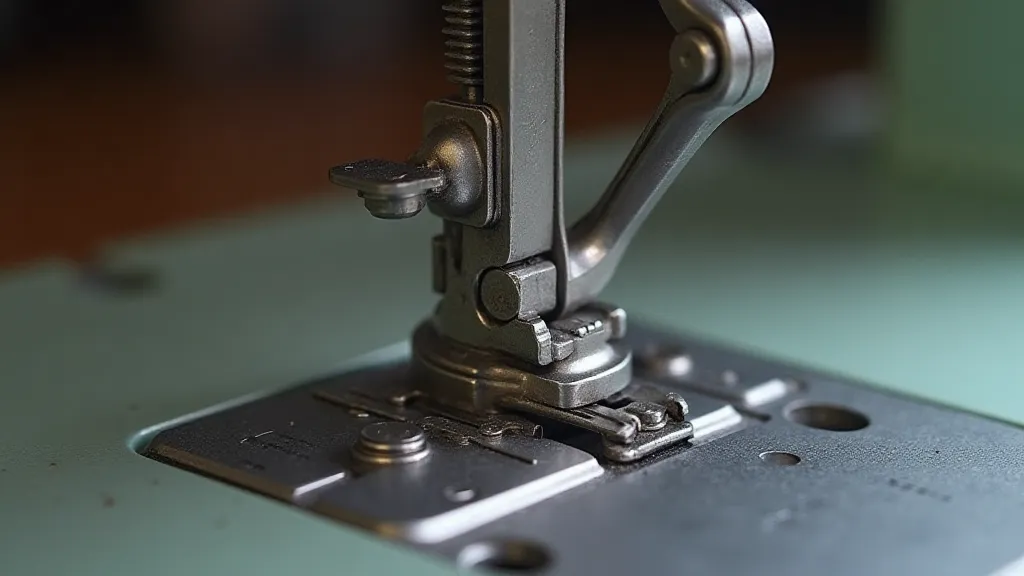
Materiality and Markings: Clues to History
The materials used in the construction of antique sewing machine feet offer further clues to their history and origin. Early feet were almost exclusively made from steel, often hand-filed and polished. The quality of the steel and the precision of the machining were indicators of the manufacturer's reputation. Later, as manufacturing techniques improved, some feet were made from cast iron or even brass, though steel remained the most common choice for its durability and strength.
Many antique feet bear identifying marks – manufacturer’s names, model numbers, or patent dates. These markings provide valuable information for collectors and researchers. Even subtle variations in the typeface or the style of the marking can differentiate between models and pinpoint the era of manufacture. Recognizing these details can transform a simple piece of metal into a fascinating piece of industrial history.
Beyond Function: The Aesthetic Appreciation
Beyond their mechanical function, antique sewing machine feet possess a certain aesthetic appeal. The clean lines, the precisely machined surfaces, and the visible evidence of skilled craftsmanship evoke a sense of timelessness. They represent a period when objects were designed not just to *work* but to be pleasing to the eye and satisfying to the hand. Holding one is akin to holding a miniature sculpture - a testament to an era when even the smallest details were given careful consideration.
The wear and patina accumulated over decades of use tell a silent story – a history of countless garments sewn, repairs made, and creative projects undertaken. These aren’t just tools; they are artifacts of human endeavor, connecting us to the generations of seamstresses and tailors who relied on them to bring their visions to life.
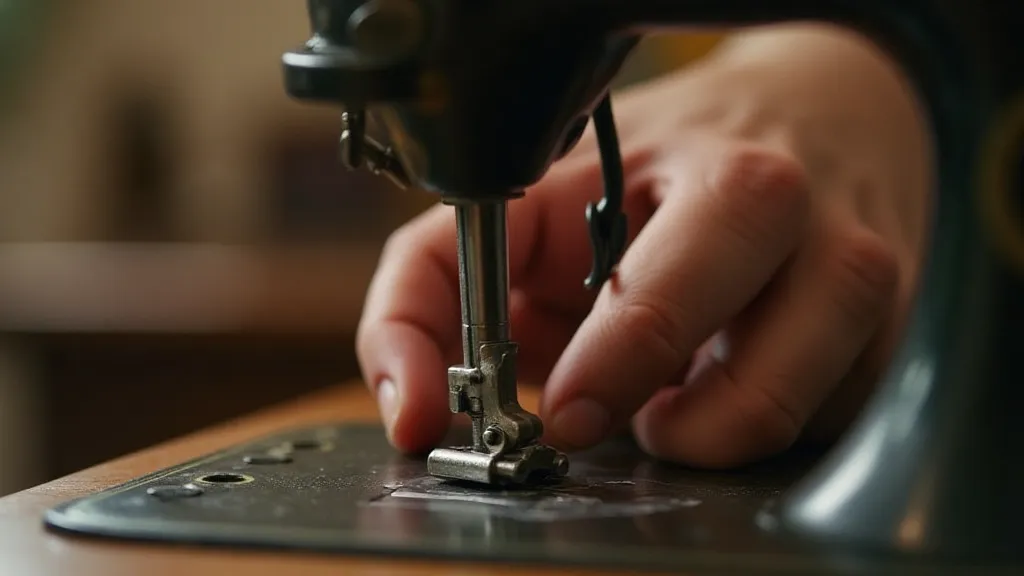
Preserving the Legacy
As enthusiasts and collectors, we have a responsibility to preserve these small wonders of engineering. Careful cleaning and storage can prevent further deterioration and ensure that these artifacts remain accessible for future generations. Understanding their mechanical principles not only enhances our appreciation for their ingenuity but also allows us to troubleshoot and potentially restore them, keeping the spirit of antique sewing alive.
The silent language of springs – the precise angles, the delicate balance – tells a story of human creativity, perseverance, and a relentless pursuit of efficiency. By taking the time to listen, we can unlock a deeper understanding of the machines that shaped our world, one tiny sewing foot at a time.
